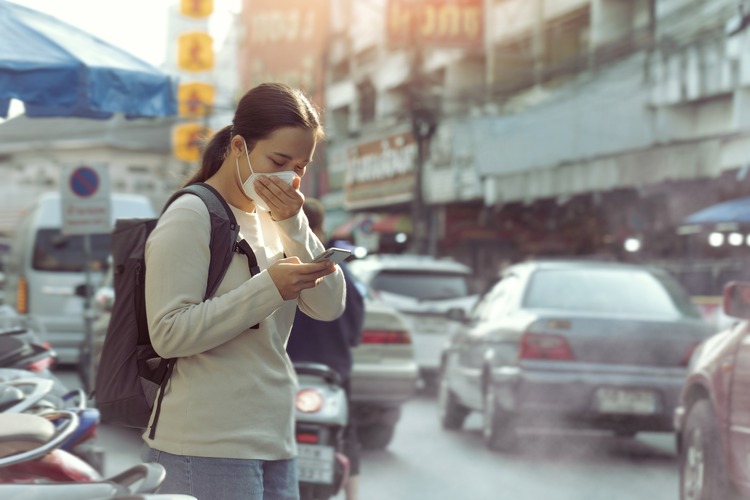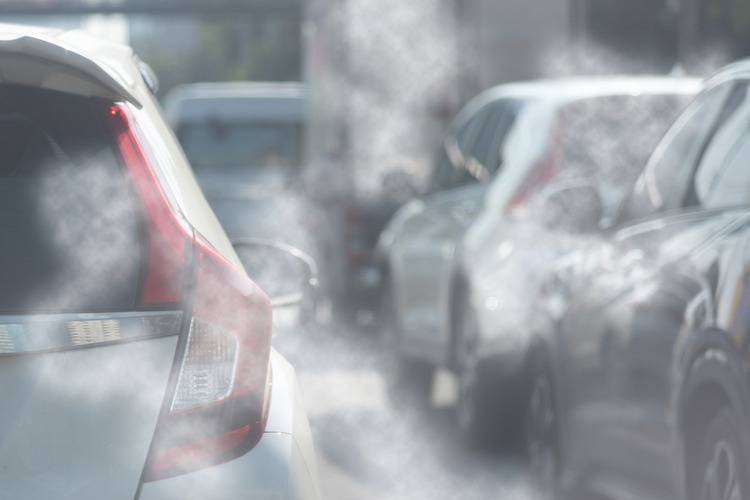
New study reveals 1,100 people in UK are diagnosed with most prevalent form of lung cancer per year due to air pollution
By
Air pollution has long been linked to poor respiratory health. Particulates generated from vehicle exhausts, the burning of fossil fuels and industrial activities can trigger asthma, increase the risk of lung infections such as bronchitis and pneumonia and inflamed airways.
Now, the ill effects of air pollution are once again surfacing. New research conducted by the International Agency for Research on Cancer (IARC) found that in the UK, more than 1,100 people per year are diagnosed with the most dominant type of lung cancer due to air pollution.
Related reads:

In 2022, 515 men and 590 women in the UK were diagnosed with adenocarcinoma, which was linked to exposure to toxic air. Comparative to the USA and Canada, the UK’s rates of adenocarcinoma cases attributed to particulate matter were higher – but lower than those in East Asia, which reported the greatest number of adenocarcinoma cases linked to air pollution.
Across the world in 2022, more than 200,000 cases of adenocarcinoma were linked to air pollution.
Cases of adenocarcinoma – now the most common type of lung cancer worldwide – have been rising steadily in the last few years. Back in 2020, the cancer accounted for 39 per cent of global lung cancer cases in men, and 57.1 per cent of cases in women. By 2022, these figures had rose: 45.6 per cent for men, and 57.1 per cent for women.
‘While tobacco remains the biggest cause of lung cancer in the UK, the disease can affect anyone, including people who’ve never smoked,’ said cancer intelligence manager at Cancer Research UK Lucy Clark.
‘To help people lead longer, healthier lives, the UK government must do more to reduce levels of air pollution and continue to tackle the harms of tobacco,’ Clark continued.
Tackling lung cancer in the UK
Currently, 11.9 per cent of adults – around 6 million people – smoke in the UK, down from 26 per cent in 2000. High taxation on tobacco products – one of the highest in the world – has been implemented for decades in an attempt to curb smoking.
In 2023, the UK Government made steps to ensure a smoke-free generation by 2030 (defined as less than 5 per cent of the adult population smoking). This includes plans to introduce laws to prevent anyone born after 1January 2009 from buying tobacco products.
As for air pollution, back in 2019 the Government set out a Clean Air Strategy to reduce the public’s exposure to toxic air, including work such as creating and expanding Clear Air Zones in cities, along with encouraging businesses to reduce air pollution emissions.
However, critics argue for the country to adopt more ambitious air quality targets – with the UK’s current goals sitting much higher than guidelines set out by the World Health Organisation.
If UK air quality did fall to meet WHO guidelines, research suggests a multitude of financial and public health benefits: around 17,000 deaths could be prevented each year, and £1.6 billion would enter the economy.
Certainly, efforts are needed to help curb air pollution in the country: the Government consider poor air quality ‘the largest environmental risk to public health in the UK.’
.




